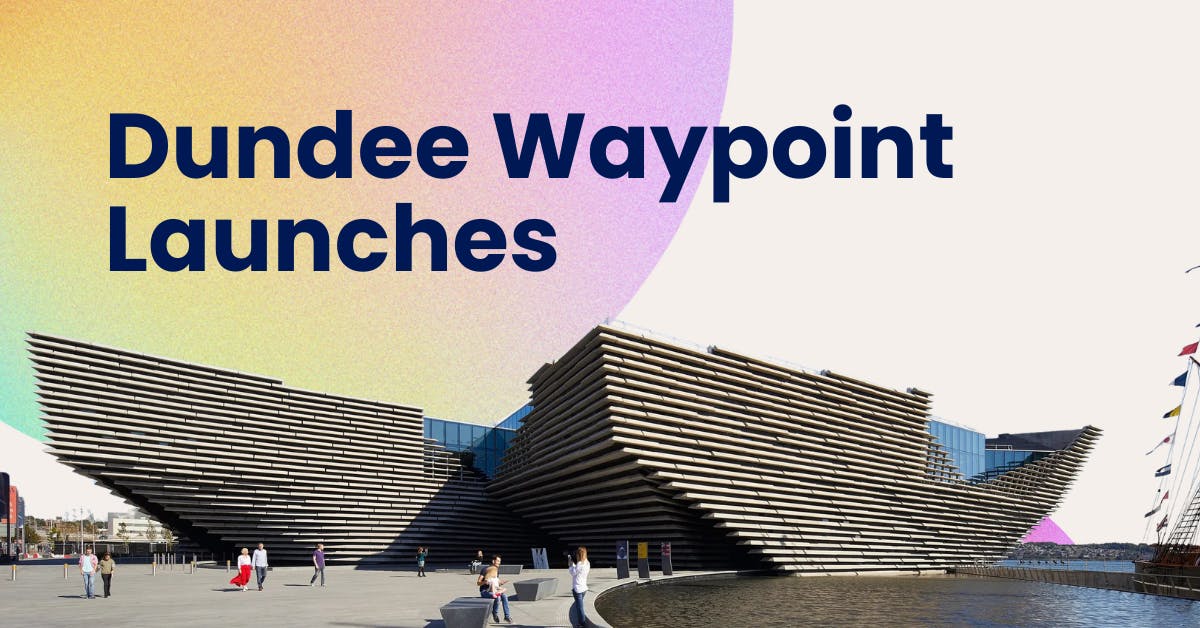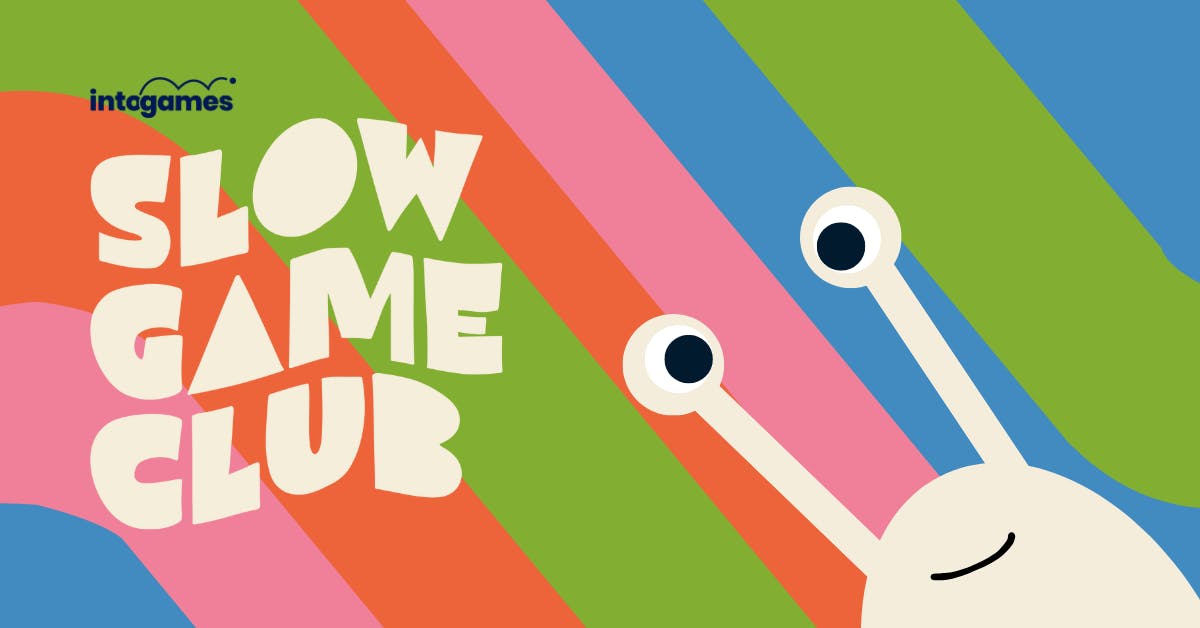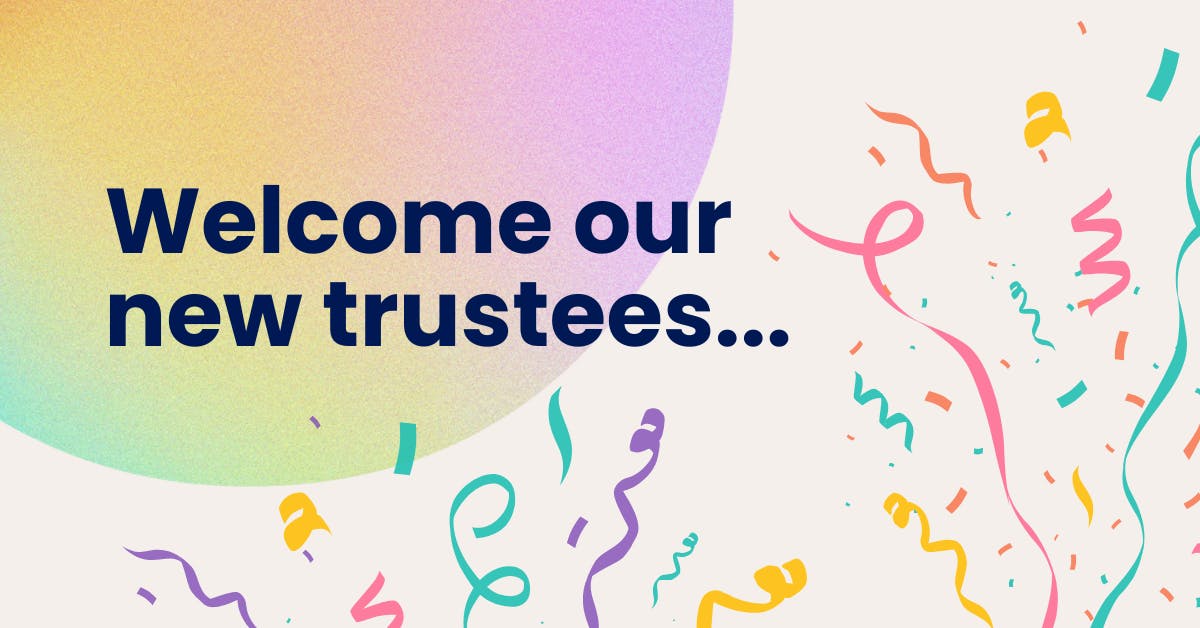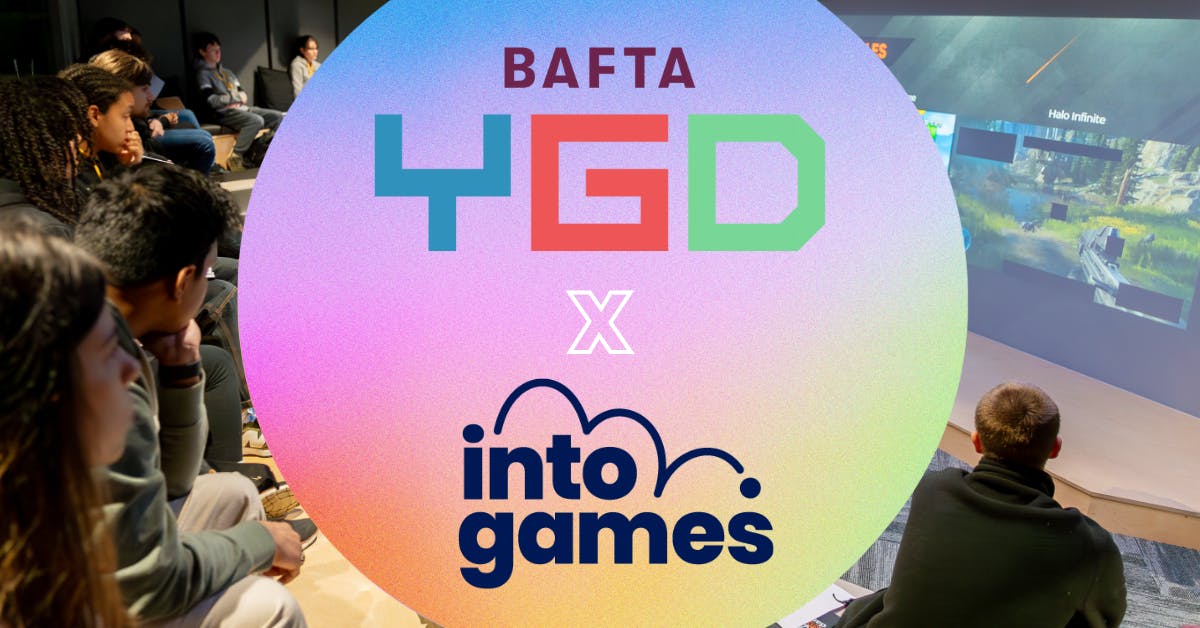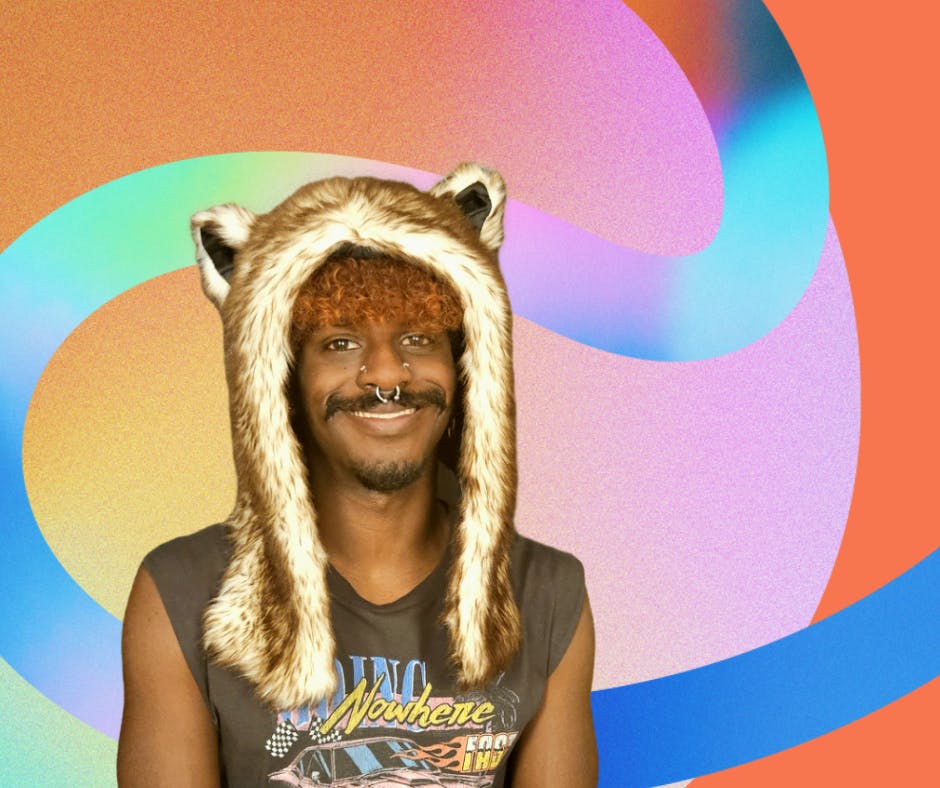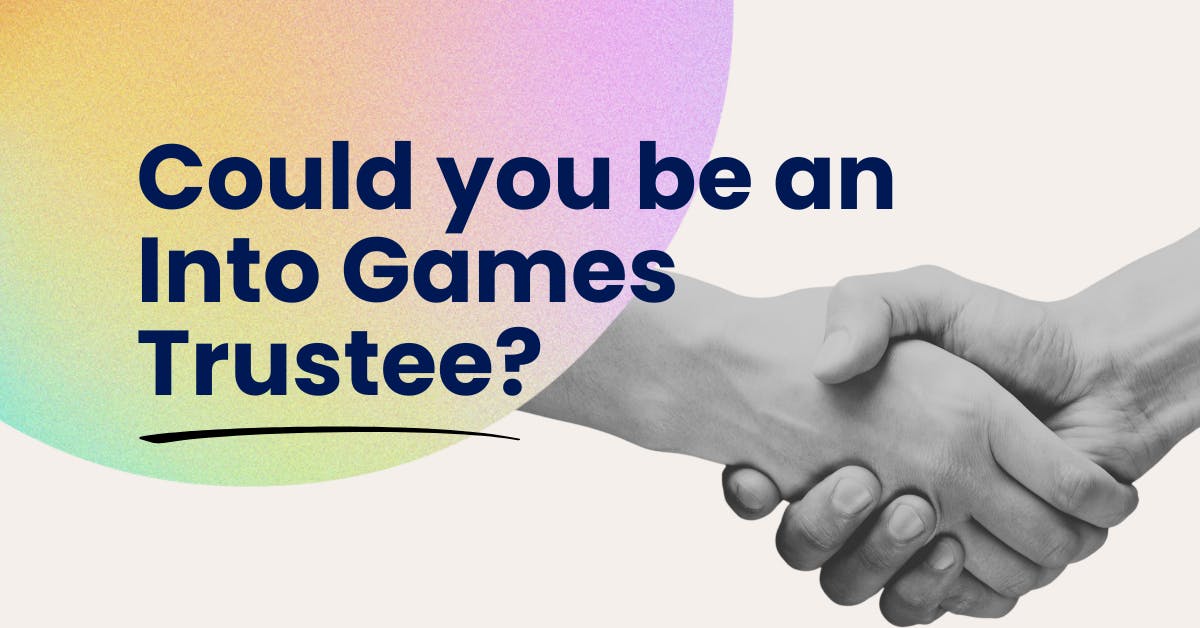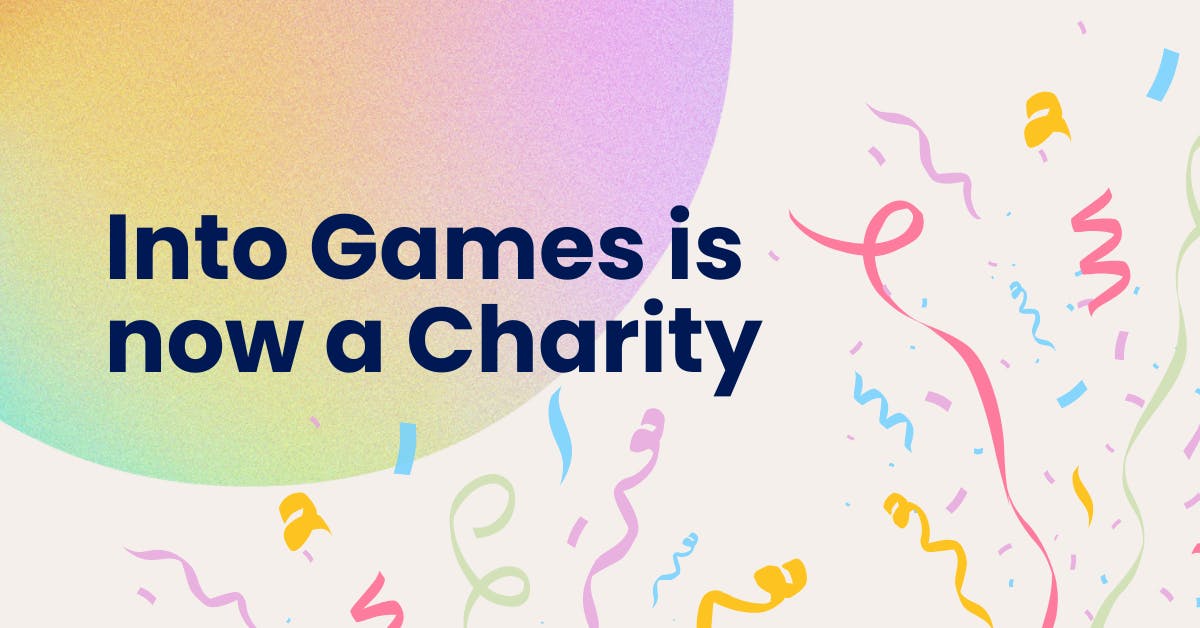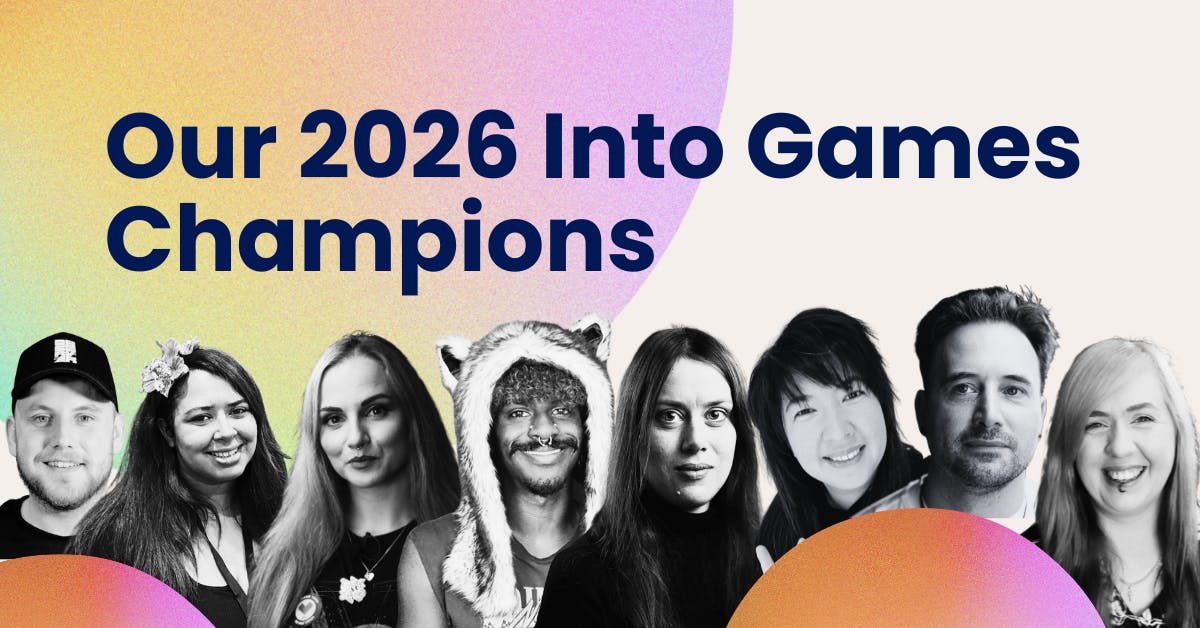
28 May 2020
What does a UX Designer in games do? Interview with Lauren Woodroffee, Two Point Studios

Lauren Woodroffee has combined a love of graphic design, human psychology and technology together in her perfect role; UX Design in the games industry. Having previously been an Art Director and working with world-famous franchises such as Dreamworks on the How to Train your Dragon series and Cartoon Network with Adventure Time. Lauren now works for Two Point Studios as a Senior UI/UX Designer. We asked Victoria, some key questions about getting into the games sector.
Explain your role like I'm 5 years old
I come up with game controls and menus so that our games are as easy for people to enjoy as possible.
Take us through your average day at work
My average day is talking to a LOT of different people. UI intersects with a lot of other roles as it’s a bit of design, art and tech combined. So I’m often working closely with game designers to make sure I’m including all the information that they want the player to know and programmers to implement my designs and make sure that they’re working correctly.
My average day really changes depending on how far along with a game we are but most of the time I’m working in Adobe Illustrator or XD to create mock ups for our in game UI and prototypes to see how these concepts would work together. I then hand these prototypes over to our design team to make sure that they are happy with how I’ve put the menus together and that they are conveying all the information needed. Once everyone is happy with the design I will export my assets and set up canvases and animations in Unity to then hand over to our programming team to add functionality.
What was your educational and career journey into your current role?
Like a lot of UI artists I kind of fell into my role but I absolutely love it! I studied graphic design and psychology back at school and really enjoyed making websites in my spare time but I always wanted to make games ever since I was young. I didn’t realise my job existed so I studied a Computer and Video Games course at university where we were taught how to create environment art, character art and putting together our own games. I really enjoyed the 2D aspects of the course such as texturing and traditional animation so when I graduated I pursued a career as a 2D artist in the games industry.
I initially started as a freelancer, working on a couple of small mobile games as well as some other design projects but after about a year I landed my first job as a 2D Artist in a studio called Arooga making slot machines for Facebook. I absolutely loved it as I got to create concept art, background illustration and character animations and learned so much over the year and a half I was there. I also did a lot of UI and a large part of slot machines is giving visual feedback to the player to let them know how they’re doing so when the company unfortunately went under I took a UI Artist role at Climax Studios.
Over the 4 years I spent at Climax I had the opportunity to work on over 12 titles on PC, console, VR and AR and learned so much in the process! I also learned that I had a love of UI. I found that it combined my creativity and love of illustration with the logic and analytical thinking of game design and the technical aspects of optimisation.
After almost 2 years as a UI Artist I became Lead UI Artist and mentored a team of junior UI artists which was really rewarding and then just under a year after that I became Art Director and managed a team of around 25 artists of various disciplines and got to work with large franchises such as Dreamworks on the How to Train your Dragon series and Cartoon Network with Adventure Time. It was a great opportunity to work with such a talented team of artists to create these games.
In February 2019 the call of UI was too great and I joined the team at Two Point Studios as a Senior UI/UX Designer where I’ve worked on bringing the PC experience to console and supporting the PC with new content.
What is the most rewarding thing about your role?
Finally solving the puzzle! UI takes a lot of logical thinking and problem solving so when you finally find a control scheme or menu flow that works its great!
There are a lot of things you need to consider when creating an interface. What platform is it for? What languages will it need to support? How much information needs to go on this screen? You’re balancing a lot of different challenges when you design so when you find a solution that works within all these parameters it’s incredibly rewarding!
What other roles do you work with the most?
I actually work with most of the team! I'm in constant communication with the design team about their design decisions and how they affect the UI as well as engineering to make sure that my designs are implemented into the game how they were intended. I also work with the art team to create icons for items they make and sometimes need 3D art for menus (such as scenes for the background of a menu). I even work with community and brand managers to provide marketing assets such as logos and screenshots! UI affects so many parts of the game that you’re always working with other disciplines so communication skills are very important!
What's the most challenging thing about your role?
That there are so many things you need to take into account when making a game UI. We need to consider the different platforms we’re designing for (this changes the number of buttons we have access to for game controls), the different sized screens that players could be using (text needs to be readable from on a desktop monitor as well as on a TV when you’re sitting on a sofa a couple of feet away) as well as all the different languages that the game will be translated into which will change the length of sentences. But, whilst it is the most challenging part, once you solve these problems it becomes the most rewarding part of my job.
What software or digital tools do you use the most?
I tend to jump around a lot of different software depending on what kind of task I’m doing. If I’m initially coming up with an art style for a UI then I’ll spend most of my time in Adobe Illustrator (Photoshop if I need something with more texture like a traditional fantasy game UI) or Adobe After Effects if I need to create some UI animation ideas.
For more design focused tasks such as how a particular menu is going to work I use Adobe XD. I use this to create interactive prototypes of our menus to see how they would work and so the design team can get a feel for how it would be to use. I also work within game engines such as Unity and Unreal to get UI assets in and set up so programmers can add functionality as easily as possible.
What are the key skills needed for you to work on to do your role?
Problem solving skills are one of the most important skills when it comes to my work. How do all the screens fit together? How would this work with a mouse or a controller? There are lots of things we need to consider when designing a UI so being able to think analytically about how a player would use your interface is essential.
Communication is also very important for my work. I work with pretty much everyone in the studio as UX touches so many aspects of game development. Being able to convey my ideas clearly can really reduce the time it takes to develop a UI.
What advice would you give to your younger self looking to get started in the industry?
That this job actually exists! I always knew I wanted to make games but I had no idea what kind of job roles there were other than the standard artist, designer or programmer. It wasn’t until I was working in a studio that I realised just how many other job roles are available! I didn’t know that I could combine my love of graphic design/illustration, human psychology and technology together in a job in the games industry.
Stay up to date
It's time to level up your inbox
Pick which newsletters you're interested in receiving, and customise further by specifying a discipline.
Join our mailing listTell me more
